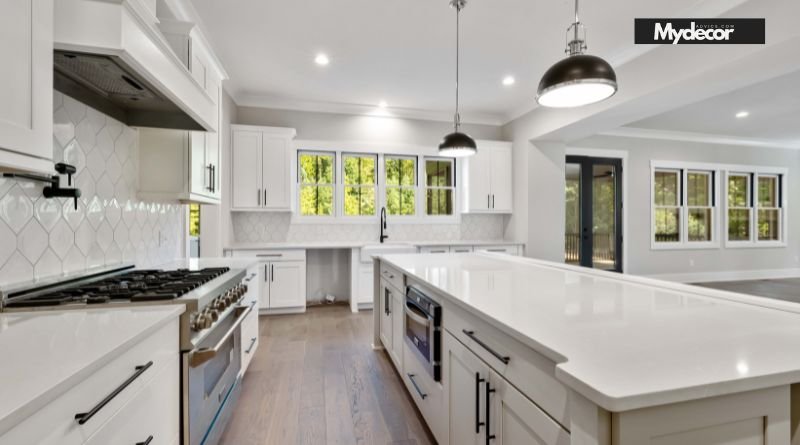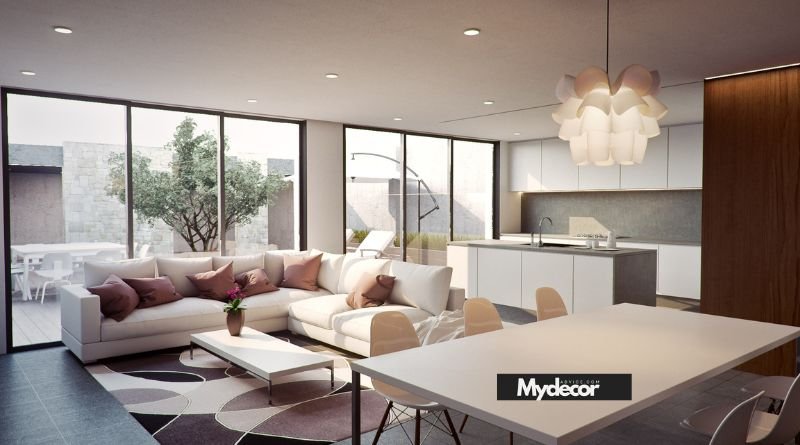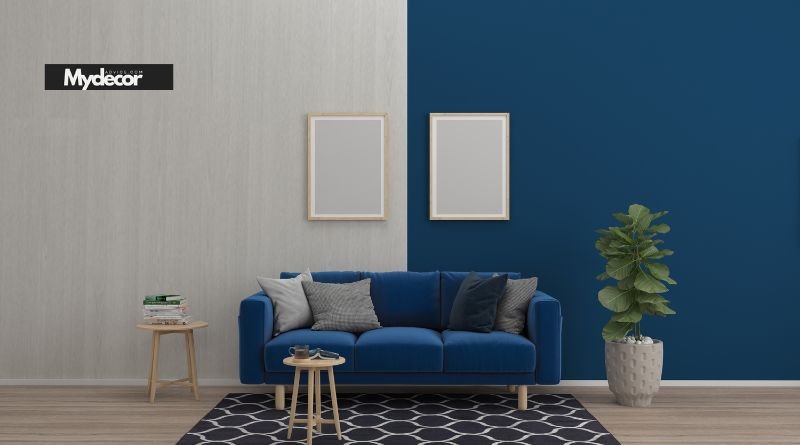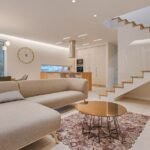Creating a harmonious and inviting space is the ultimate goal of home interior design. It involves an intricate blend of functionality, aesthetics, and personal style that transforms a house into a home. This field encompasses a variety of elements, from layout and color schemes to furniture and accessories. With thoughtful planning and a clear vision, you can craft a living space that reflects your personality while also meeting practical needs.
The Importance of Interior Design in Modern Homes
Home interior design is not just about decorating; it plays a significant role in enhancing the quality of life. A well-designed home promotes comfort, efficiency, and emotional well-being. By thoughtfully arranging spaces, selecting appropriate furniture, and incorporating soothing colors, you create an environment conducive to relaxation and productivity. This is particularly important in today’s world, where homes often double as offices or recreational spaces.
Enhancing Functionality
One of the key aspects of home interior design is functionality. A well-designed space should cater to the needs of its inhabitants, ensuring ease of movement and efficient use of space. For instance, an open floor plan can make a small area feel larger, while custom-built storage solutions can help keep clutter at bay.
Aesthetic Appeal
Aesthetics play a vital role in home interior design. The right combination of colors, textures, and lighting can transform a dull room into a lively and inviting space. Whether you prefer a minimalist approach or a more eclectic style, the goal is to create a cohesive look that resonates with your personal taste.

Key Elements of Home Interior Design
Color Scheme
The choice of colors can significantly influence the mood of a space. Warm tones like reds and oranges can create a cozy atmosphere, while cool tones like blues and greens promote calmness and relaxation. Neutral colors such as beige and gray provide a versatile backdrop that can be paired with bold accents.
Furniture Selection
Furniture is both a functional and aesthetic element of home interior design. Selecting pieces that align with the overall theme of your home is crucial. For example, sleek and modern furniture works well in contemporary designs, while ornate and detailed pieces suit traditional styles. Comfort is equally important; ergonomically designed furniture enhances usability and satisfaction.
Lighting
Lighting is a transformative aspect of interior design. It not only illuminates spaces but also sets the mood. Layered lighting—a combination of ambient, task, and accent lighting—provides flexibility and adds depth to a room. Natural light should be maximized wherever possible, as it creates an uplifting and energizing environment.
Textures and Patterns
Incorporating a variety of textures and patterns adds visual interest and depth to your home’s interiors. For instance, pairing a plush velvet sofa with a sleek glass coffee table can create a striking contrast. Patterns, whether through rugs, wallpapers, or throw pillows, bring personality and dynamism to the design.
Popular Home Interior Design Styles
Modern Design
Characterized by clean lines, simplicity, and a monochromatic color palette, modern design is a popular choice for many homeowners. This style often incorporates materials like glass, metal, and polished wood, creating a sleek and uncluttered look.
Traditional Design
Traditional design draws inspiration from classic European styles. It is marked by rich colors, detailed woodwork, and elegant furnishings. This style emphasizes symmetry and balance, making it ideal for those who appreciate timeless beauty.
Scandinavian Design
Scandinavian design is known for its minimalism, functionality, and focus on natural elements. Light colors, simple lines, and cozy textiles are hallmarks of this style, creating a warm and inviting atmosphere.
Industrial Design
Inspired by warehouses and factories, industrial design features raw materials like exposed brick, metal, and concrete. This style often includes open floor plans, high ceilings, and neutral tones, making it a bold and edgy choice.
Tips for Designing Your Home Interior

Start with a Plan
Before diving into the design process, take time to plan. Assess your needs, preferences, and budget. Create a mood board or use digital tools to visualize your ideas. Having a clear roadmap will save time and prevent costly mistakes.
Personalize Your Space
Your home should reflect your personality and lifestyle. Incorporate elements that are meaningful to you, whether it’s family heirlooms, travel souvenirs, or artwork. These personal touches make your space unique and emotionally resonant.
Prioritize Comfort
While aesthetics are important, comfort should never be compromised. Choose furniture and materials that are not only stylish but also practical and comfortable. Soft cushions, cozy rugs, and ergonomic chairs can make a significant difference in your daily life.
Balance Trends with Timelessness
While it’s tempting to follow the latest trends, it’s essential to balance them with timeless elements. Trends can quickly become outdated, so focus on incorporating them in easily changeable accessories like cushions or lampshades rather than permanent fixtures.
Optimize Storage
Clutter can detract from the beauty of your home. Invest in smart storage solutions like built-in cabinets, multi-functional furniture, and decorative baskets. These not only enhance functionality but also contribute to a clean and organized appearance.
Sustainable Practices in Interior Design
Sustainability is becoming increasingly important in home interior design. Eco-friendly materials, energy-efficient appliances, and sustainable furniture choices are excellent ways to reduce your environmental impact. Bamboo flooring, recycled wood, and LED lighting are just a few examples of how you can incorporate sustainability into your home.
Indoor Plants
Adding greenery to your home not only enhances aesthetics but also improves air quality. Plants like pothos, snake plants, and peace lilies are low-maintenance options that thrive indoors. They add a refreshing touch to any space and promote a healthier environment.
Energy Efficiency
Opting for energy-efficient appliances and lighting can significantly reduce your carbon footprint. Smart thermostats, LED bulbs, and solar panels are excellent investments that pay off in the long run.
Conclusion
Home interior design is an art and science that requires thoughtful planning and execution. By focusing on functionality, aesthetics, and sustainability, you can create a living space that is both beautiful and practical. Whether you’re renovating an existing home or designing a new one, keeping these principles in mind will ensure a result that enhances your quality of life and reflects your unique personality.








